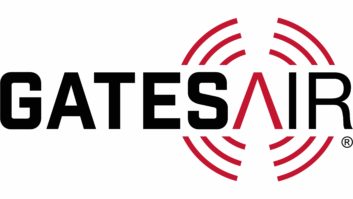DALLAS — AT&T and the city of San Jose, Calif., have reached a tentative agreement to install a network of 170 small cells on lampposts by the end of this year in an effort to improve wireless coverage across the city, according to rcrwireless.com. The small cell deployment will also pave the way for the future deployment of 5G mobile broadband technology.
AT&T plans to launch mobile 5G this year in 12 U.S. cities, and the company has said the service will rely on small cells deployed closer to the ground than the tower top radios that support LTE. The first round of mobile 5G will use millimeter wave spectrum, which offers higher capacity rates than low-band spectrum but does not propagate as well over large distances, meaning base stations need to closer together than they are in LTE deployments.
“Millimeter wave is more associated with small cell-like ranges and heights,” said AT&T’s Hank Kafka, VP of network architecture, quoted in the same article. “It can be on telephone poles or light poles or building rooftops or on towers, but generally if you’re putting it on towers it’s at a lower height than you would put a high-powered macrocell, because of the propagation characteristics.”







